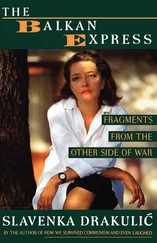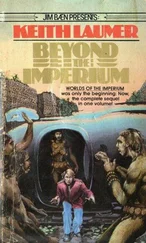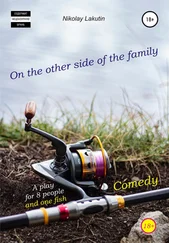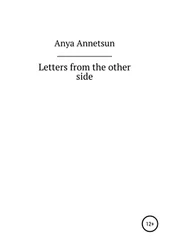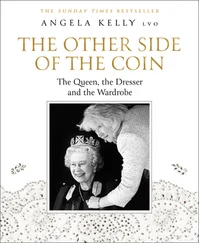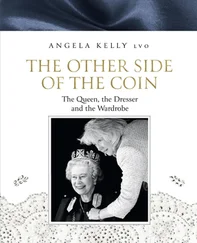Nowadays I find it shocking to return to Tel Aviv in the summer and see the women, including older women, wearing crop-tops that expose their stomachs, or blouses revealing their bras. It seems vulgar in the extreme. I see the Arab women around me as much more dignified; they even seem to move in a more upright, graceful manner. I now find the idea of being covered liberating in much the same way as Suad does: it frees me from confrontations with men, the kind of situations I had experienced all my life without fully realising it. With my body properly covered, men have to address what I am saying rather than my body. It was only after covering myself that I started realising I had been used to men having conversations with my body, rather than with me, most of my life.
Also, covering up gives me a sense of independence and self-containment that still surprises me. Like other Westerners I had always assumed that Muslim women were repressed, but I now know that’s far too simplistic. Although there are places in the world where the hijab is misused as a way to limit women’s possibilities, that is not by definition true. I have met plenty of professional Palestinian women, in Tamra and elsewhere, who wear the hijab but are strong-willed, assertive and creative. They expect men’s respect and they are shown it.
Not that women’s lives here are without problems. I find it difficult to accept the social limitations on young, unmarried women, including the fact that they can never venture out alone in the evenings. Teenage girls are definitely not allowed to date boyfriends, or in many cases even openly to have a boyfriend. When I asked Suad how she coped, she admitted it was hard. She felt torn between two cultures: the Western way of life she sees on television and in many Jewish areas, where girls do what they please, and her own Arab traditions, of which she is proud and which she wants to obey. My own daughter did not hesitate as a teenager in London to tell me she was going to the pub or cinema with a boyfriend, but girls here simply are not allowed to do that. For a long time I wondered how anyone found a marriage partner, with all these restrictions. But in reality many girls have secret boyfriends whom they ‘date’ over the phone. The arrival of mobile phones has quietly revolutionised the dating game in Muslim communities. But even so, I still marvel how a girl ever finds a husband. In many cases she has few opportunities to meet men outside events like weddings, and so her choice of partners is pretty much limited to the men inside her hamula. But slowly, with more education about the problems of marrying a first cousin and the genetic legacy for the offspring, such marriages are being discouraged. The situation is far from static.
Although as Westerners we are encouraged to believe we have a right to sit in judgement of other cultures, what I heard from women in Tamra alerted me to the weaknesses in our own culture—flaws we are little prepared to acknowledge. For example, one evening a group of about a dozen local women visited me in my home so that we could learn more about each other. They were keen to know both why after my divorce I had left my children behind in Britain, and how I coped living alone in Tamra. In Arab society a woman would never separate herself from her family, even her grown-up children. Because I had left Britain they assumed I had abandoned Tanya and Daniel; they were astonished that I could turn my back on my children, even though they were in their late twenties and early thirties. I had to explain that in Britain grown-up children leave home, often moving long distances from their parents. Many mothers are lucky if they are visited by their children more than a couple of times a year. The group were appalled, and pointed out the huge advantages of having families that remain together for life. When I see how we all gather in Hajji’s apartment, how she is never alone unless she wants to be, I can see their point. I have concluded that there are many benefits to having your family around you as you grow older.
The central place of the hamula in organising not only the lives of Tamra’s individual families but also the political life of the whole community was revealed to me during the first municipal elections after my arrival. It was an uncomfortable lesson, revealing a side to Tamra that dismayed me. As one Israeli Arab academic, Marwan Dwairy, has observed: ‘In politics we still have parties dressed up as families and families dressed up as parties.’
The aggressive and tribal nature of political campaigning in Arab areas is often cited by Israeli intellectuals as proof of the primitive character of Arab societies and their inability to cope with modern democratic principles. Apart from glossing over the tribal nature of Jewish politics inside Israel, that argument misses a larger point. The continuing feudal nature of Arab politics in Israel is neither accidental nor predetermined by the ‘Arab mind’; it results from the failure of Israeli Jewish society to allow the country’s Arab minority to join the national political consensus. Arab politicians are considered hostile to the state unless they join a Zionist party, and Arab parties have been excluded from every government coalition in Israel’s history. These coalitions are a hotchpotch of diverse, often antagonistic and extremist, political parties, but the bottom line is that they must be Jewish. When Arabs are excluded from the Knesset table, it is not surprising that they fight for whatever municipal scraps they can get. Sensing that their voice is irrelevant to the process of their governance, they end up seeking solace in the kind of posturing and feudal politics familiar from the days of their grandfathers.
I experienced this in a very direct way myself: during Tamra’s local elections I was quickly and easily sucked into the town’s hamula-based politics. The fervour and excitement surrounding the elections were something I had never witnessed anywhere else, and contrasted strongly with the calm, slightly stultifying atmosphere of a British municipal election. In the final week of campaigning there were flreworks and street parties every night, with loud music and mountains of food on offer. The tribal divisions within the community were far more visible than usual, not least because the two candidates for mayor were the heads of the two largest hamulas. The campaign, it was clear, was less about competing political platforms than about rivalry between the family leaderships. On one side was Adel Abu Hayja, standing for the Communist Party, and on the other was Moussa Abu Romi, the incumbent mayor, representing the Islamic Movement. The victor would be in charge of the town’s limited municipal budget for the next five years and so, in the great tradition of patronage systems, would be able to reward his followers. The stakes were therefore extraordinarily high, as each of the two biggest hamulas fought to secure the floating votes of the two smaller hamulas with promises. In the run-up to the election there were even incidents of young men from one hamula pulling guns or knives on those from another.
By election day the temperature in Tamra had rocketed. The whole town was alive with activity, with party buses roaming the town looking to transport supporters to the polling booth. Since I lived inside the Abu Hayja hamula, my support for Adel Abu Hayja’s candidacy was taken for granted. There was never any question for whom I was expected to vote: I would vote for the family.
It was widely known in Tamra that I was making history: this was the first time that an openly Jewish woman had voted in a municipal election in an Arab area. When I arrived at the school on the hill above my home where I was due to vote I found complete pandemonium. Everyone was pushing and shoving and shouting. People who thought they had been waiting in line too long would start hitting those in front of them, and trying to push past to get to the room where the polling booth was located. Standing in their way was an old wooden door, holding back at least 150 people who were pushing each other up against it. One policeman was inside, desperately trying to keep the door closed as the crowd pressed forward, and another was doing his best, without success, to keep order. Finally one huge man lost control and started hitting the women in front of him before lunging for the door. Using all his might he managed to push it open and to get inside. The door closed behind him.
Читать дальше

